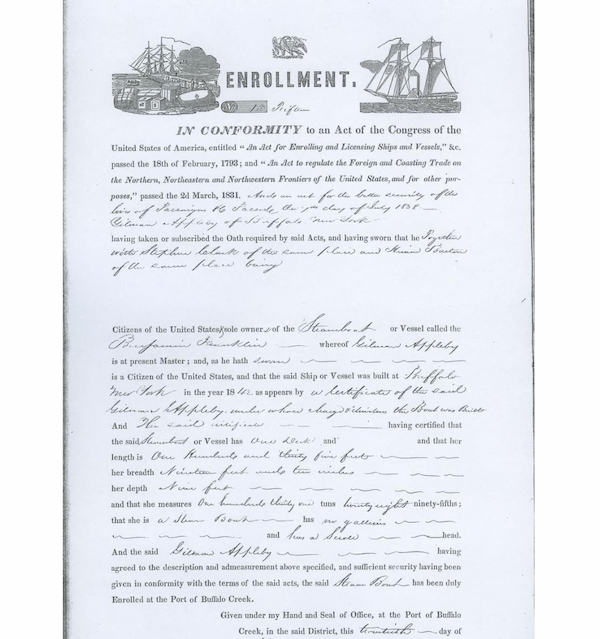Benjamin Franklin

Vessel Type: Motor: paddle wheeler
GPS Location: N45°01.934' W83°11.529'
Depth: 15 Feet
Wreck Length: 135 Feet
Beam: 19 Feet
Gross Tonnage: 231
Cargo: None
Launched: 1842 by Gilman Applebee in Buffalo, New York
Wrecked: October 8, 1850
Description: In 1850 the paddle wheeler Benjamin Franklin ran aground at Thunder Bay Island. Not much of the wreck is still together rather, it is quite scattered. No hull sections have yet been discovered, though some machinery and hardware are scattered and can be found in depths ranging from ten to 55 feet of water. One intact and two partially intact cylindrical boilers are located in deeper water. A rudder and post can be found nearer to the shore. The two paddle wheel shafts, one with intact cast iron hub still containing portions of the wooden spokes, have an interesting detail: they are slightly different in form, reflecting the replacement of one of the wheels at Cleveland, Ohio.
Great Lakes Maritime Collection digital archive: http://greatlakeships.org/2901758/data?n=1



